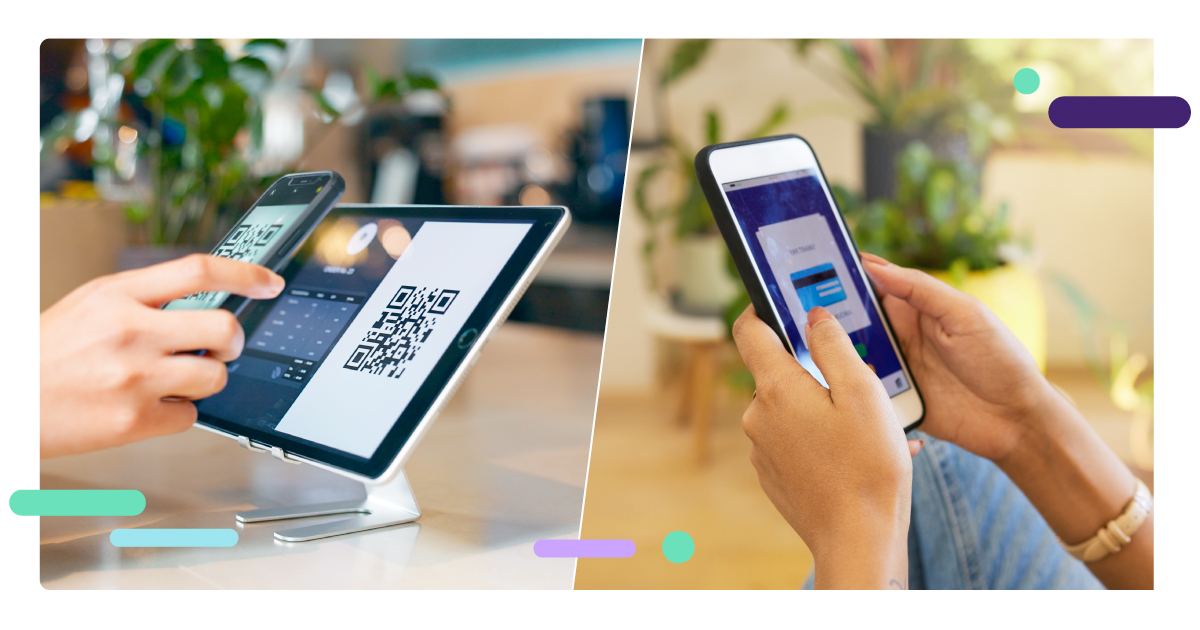Omnichannel commerce allows merchants to sell through multiple channels, including brick-and-mortar stores, websites and social media. Today, between 20% and 30% of small and medium-sized businesses with 10 employees or more sell online. With customers demanding more choices in how they shop, this is quickly becoming the norm for all merchants, not just large retailers.
However, while omnichannel commerce is gaining wide adoption, a new target has emerged: “phygital” shopping experiences. NMI UI/UX Designer Matt Birchler recently spoke with CMSWire about this emerging channel and what it means for merchants and their payment providers.
Phygital Experiences Address Rapidly Evolving Consumer Preferences
Experts expected ecommerce to dominate during and after the COVID-19 pandemic. However, in 2024, 72% of retail sales are still expected to occur in brick-and-mortar stores. Although consumers aren’t staying home, they are bringing the digital habits they learned during the pandemic into stores.
This is where phygital shopping comes into play. Phygital customer experiences blend the technology and speed of online shopping with the brick-and-mortar environment. Think of it as a hybridized extension of omnichannel commerce.
Convenience, speed and choice are the top priorities for today’s shoppers — especially younger consumers. Gen Z is rapidly growing in importance and driving merchants to change how they sell. Before phygital shopping, nothing could match the speed or convenience of ecommerce, especially not physical retail customer experiences.
However, consumer preferences are leading merchants to digitize their in-store shopping experiences in favor of a blended approach that uses tech-driven interactions and deep personalization to drive sales.
Phygital Customer Experiences to Prioritize
New ways to intertwine digital and physical shopping experiences are constantly emerging. However, CMSWire identified in-store advertising, tech-driven interactions, consumer data collection and hyper-localized recommendations as key phygital integrations.
In-Store Advertising: In-store advertising screens and media networks enable retailers to expose customers to products and promotions passively. That enhances and quickens the product discovery process that in-store browsing facilitates.
Tech-Driven In-Store Interactions: Using tech like QR codes is a valuable way to launch mobile interactions while customers walk through the store. Incorporating apps consumers already use, like WhatsApp, can help retailers engage shoppers digitally with flyers or offers. That allows stores to nudge customers towards actions like promo-based purchases, lead collection and beyond.
In-Store Data Collection: Using apps, QR codes, RFID tags and more, retailers can track how customers interact with products as they move throughout a store. Combined with data collected from online shopping accounts, phygital experiences give retailers insights into how their customers shop and what they want to buy.
Hyper-Localized Recommendations: Stores can present in-store customers with recommendations targeted to their individual interests and localized to the specific store they’re visiting. Some can even make recommendations based on the particular part of a store they’re browsing. This enables brick-and-mortar retailers to leverage the same high-conversion promotions customers are used to seeing and using on sites like Amazon.
The Right Payments Tech Is Integral To Seamless Phygital Experiences
While many phygital integrations focus on getting items into a customer’s cart, checkout and payment are equally important. “Checkout and payments can be a major friction point for customers, especially among younger consumers,” Birchler told CMSWire.
Ultimately, a great phygital shopping experience is useless if the customer runs into issues while checking out. According to NMI research, a lack of preferred payment methods and long lineups are the two issues most likely to frustrate consumers.
Retailers looking to offer frictionless phygital shopping should offer the widest possible set of payment options. Debit and credit acceptance is not enough. Instead, many retailers are adopting digital wallets, mobile payments, buy now, pay later (BNPL), QR code payments and biometrics to give customers more choice at checkout.
Self-serve solutions like self-checkout lanes and kiosks are another great way to let consumers choose how they pay. These options get them through the process quicker, mirroring the experience they enjoy online.
For more insights into phygital shopping from Matt Bircher and other industry experts, read the full article in CMSWire.
To learn more, reach out to a member of our team today.




